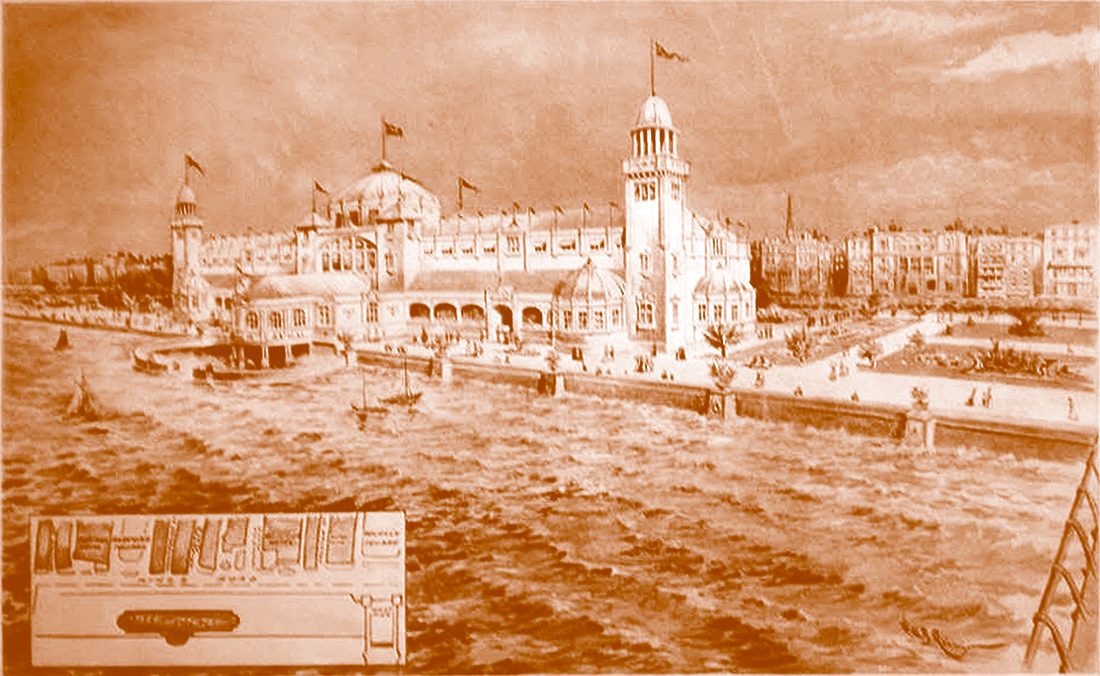
We all know that Brighton has had three piers, which almost overlapped in time. The Chain Pier led the way in 1823. The West Pier opened in 1866 and lived for more than a century, followed by the Brighton Marine Palace and Pier, which opened in 1899. Brighton 3, Hove 0. Hove never did have a pier, though not for want of trying. In November 1868, two years after the West Pier opened, an engineer called J W Wilson proposed a Cliftonville Pier. Still a separate suburban development, Cliftonville had expanded rapidly and prosperously during the previous decade and a half. So what better mark of its success than a pier, which was to be built opposite the Brunswick Cricket Ground, roughly where Third and Fourth Avenues are now [1]? The first structure designated as Hove Pier was designed in 1884 by engineer George Gordon Page. This scheme progressed to acquisition of a lease from the Crown Estate by the West Hove Improvement Commissioners for three pieces of foreshore facing St Aubyn's Square [4].
|
An alternative Hove Pier was proposed by two London engineers, M Noel Ridley and W M Duxbury, in 1891. This was to be opposite First Avenue [5]. Although this proved to be another abortive plan, Ridley was later the architect of the theatre on Eastbourne Pier in 1899 and became an advocate of the use of concrete, which he employed to reconstruct the landing stage of the West Pier around the same time. The grandest scheme of all would have dominated the seafront: a £200,000 Brighton Casino and Marine Palace. Designed by local architects Clayton & Black in what might be called Monte Carlo style, it was on a scale even grander than the Royal Pavilion, extending eight chains (176 yards) into the sea but stretching from Preston Street to Bedford Square. A private member's Bill was introduced in the House of Lords in February 1909 but by the end of March the Bill had been withdrawn. Sometimes the form of a city can be defined almost as much by what isn't built.
|
|

